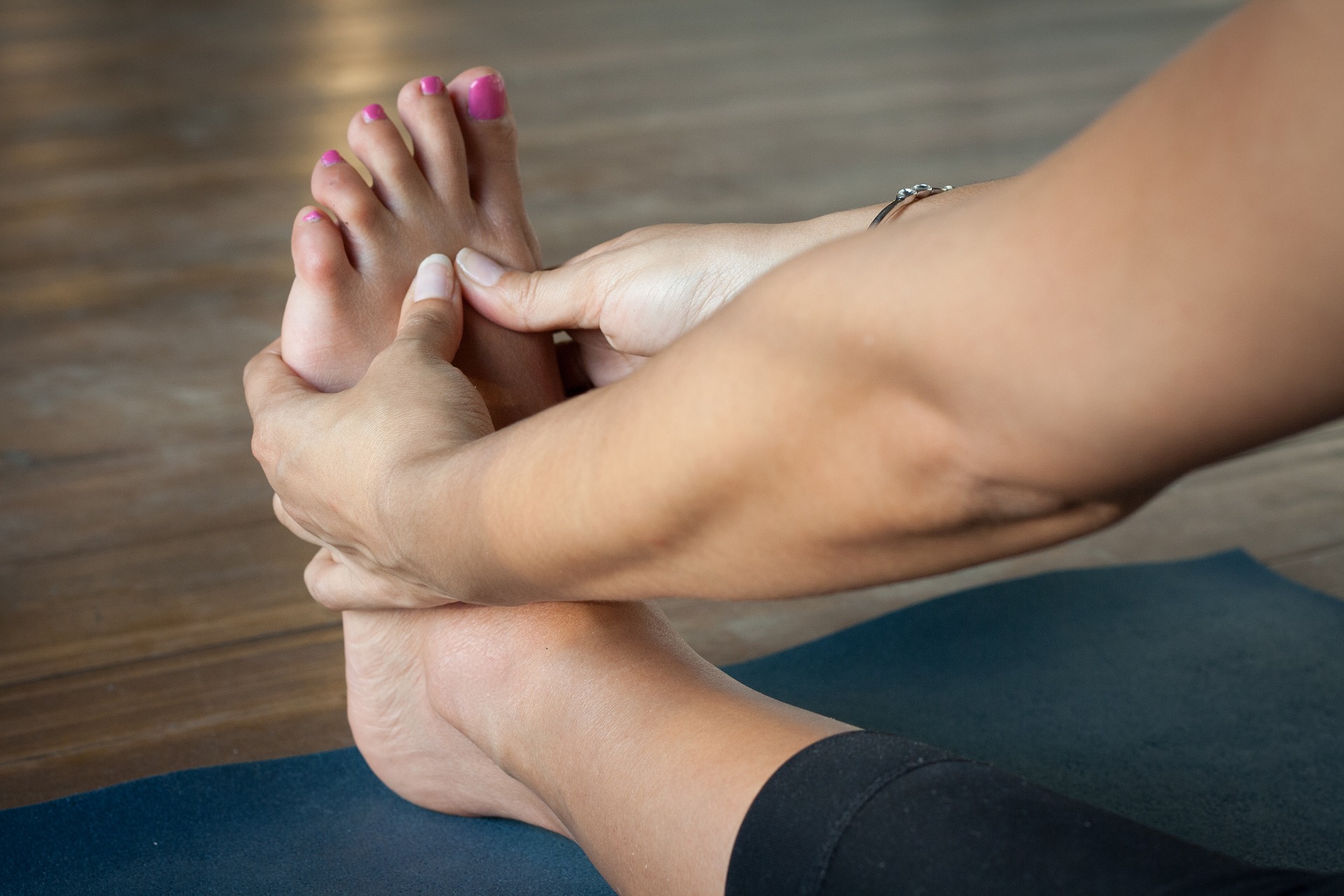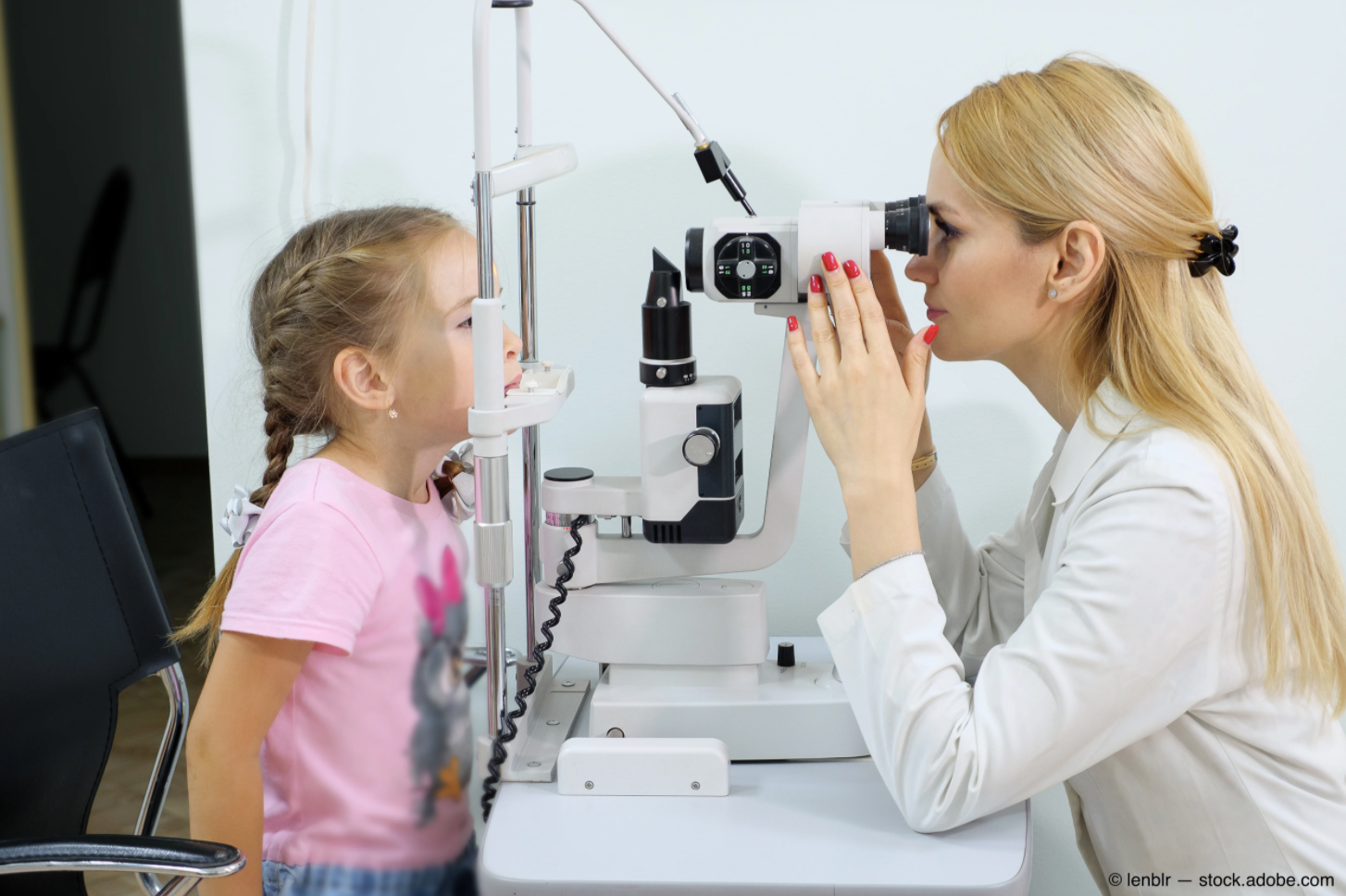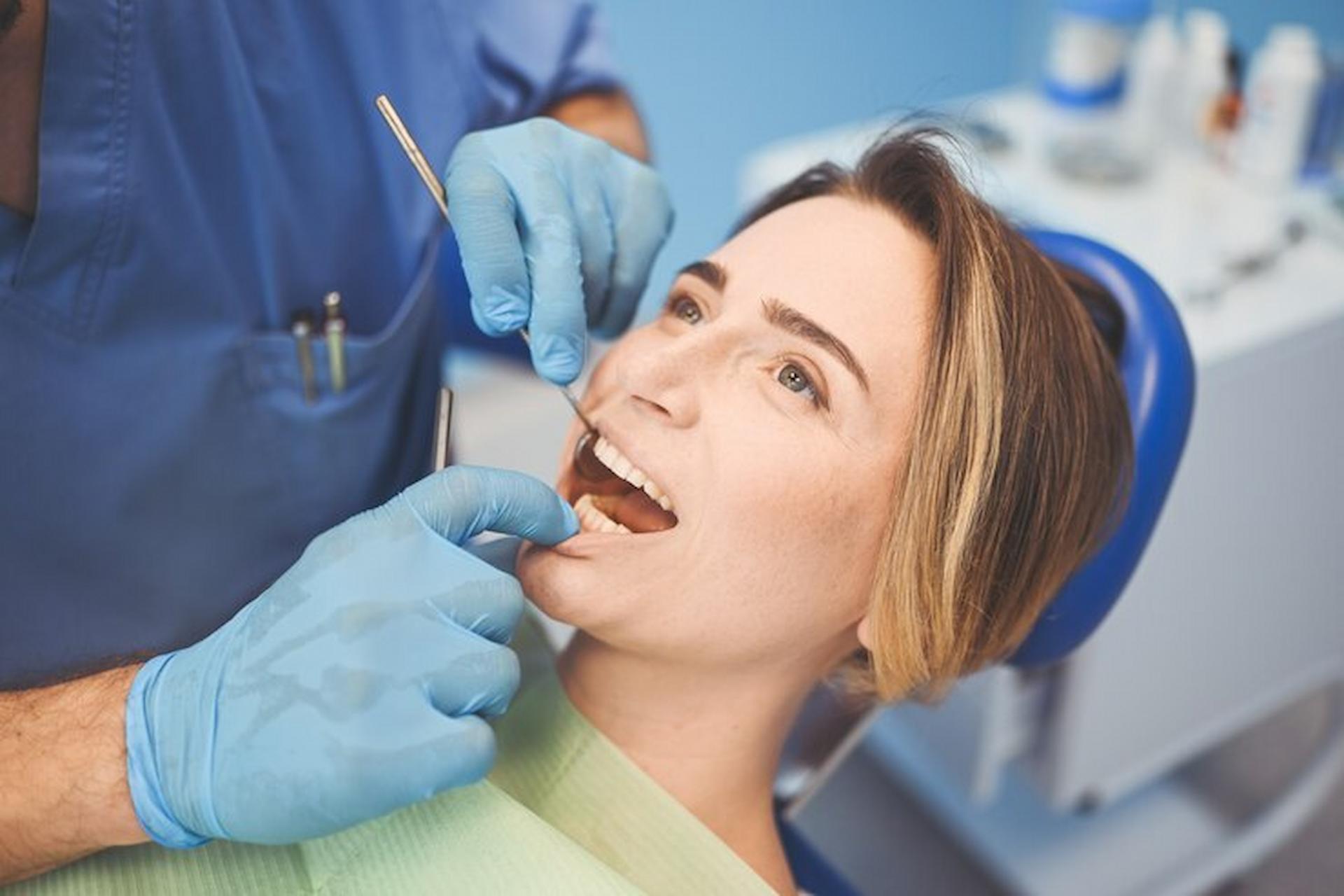The most painful forefoot deformity occurs in the form of bursitis, and this can be so severe that patients are forced to seek effective and urgent treatment for bursitis. Trying to walk with full bursitis is as painful as walking through a fire. It is always best to treat bursitis as soon as possible, especially if it hurts a lot. However, in the initial stages, bursitis is usually painless and does not require aggressive treatment. Simple home remedies and foot care can serve this purpose in the initial stages if discovered early.
Bursitis usually occurs when the bones of the big toe are displaced. Bone displacement results in bone growth on the medial side of the big toe joint and eventually displaces laterally, facing the smaller toes. In severe cases, the big toe rubs and squeezes the small toes, causing pain and irritation. If action is not taken in time, the thumb usually sits on top of the adjacent smaller toe, causing complications.
Chronic tight shoes compress the ball of the foot and deform the big toe joint. Other common causes include osteoarthritis, rheumatoid arthritis, and tears of the ligaments that support the big toe joint. People with a family history of bursitis are more likely to develop the condition than others.
Bursitis can be avoided by taking some reasonable measures, such as wearing baggy shoes and avoiding high-heeled shoes. In addition, podiatrists offer some stretching exercises that help strengthen the ligaments and muscles that support the big toe joint. The result of these exercises is very positive in the prevention of bursitis.
Therapy for bunion bursitis is divided into two main methods. One of them is conservative; the second is final or surgical. The general practitioner always starts with conservative bunion treatment and tries to cure the disease. Conservative treatment options include pain relievers such as ibuprofen and acetylsalicylic acid. Ibuprofen has shown good results in pain relief. Reusable bursitis pads can enhance the effects of pain relievers; they mostly consist of fleece or gel. Medical science has succeeded in creating devices called “braces” that help align the bones of the big toe. They are usually placed on the patient’s shoes.
To correct abnormal foot misalignment, your doctor may ask you to wear surgical inserts or shoes. This is important because most bursitis occurs due to abnormal structures of the foot while walking. Surgical inserts and shoes are designed to protect the thumb bursitis from pain and correct misalignment. Always remember that the main purpose of these shoes is to provide more comfort and rest to your foot.
Nutritionists recommend eating foods that do not strain the spleen. Since the development of bursitis is currently associated with some malfunctioning of the spleen besides constantly wearing tight shoes or improper walking posture, your diet should consist of vegetables, yellow fruits, shrimp, coconut, aromatic herbs, lamb and many others.





